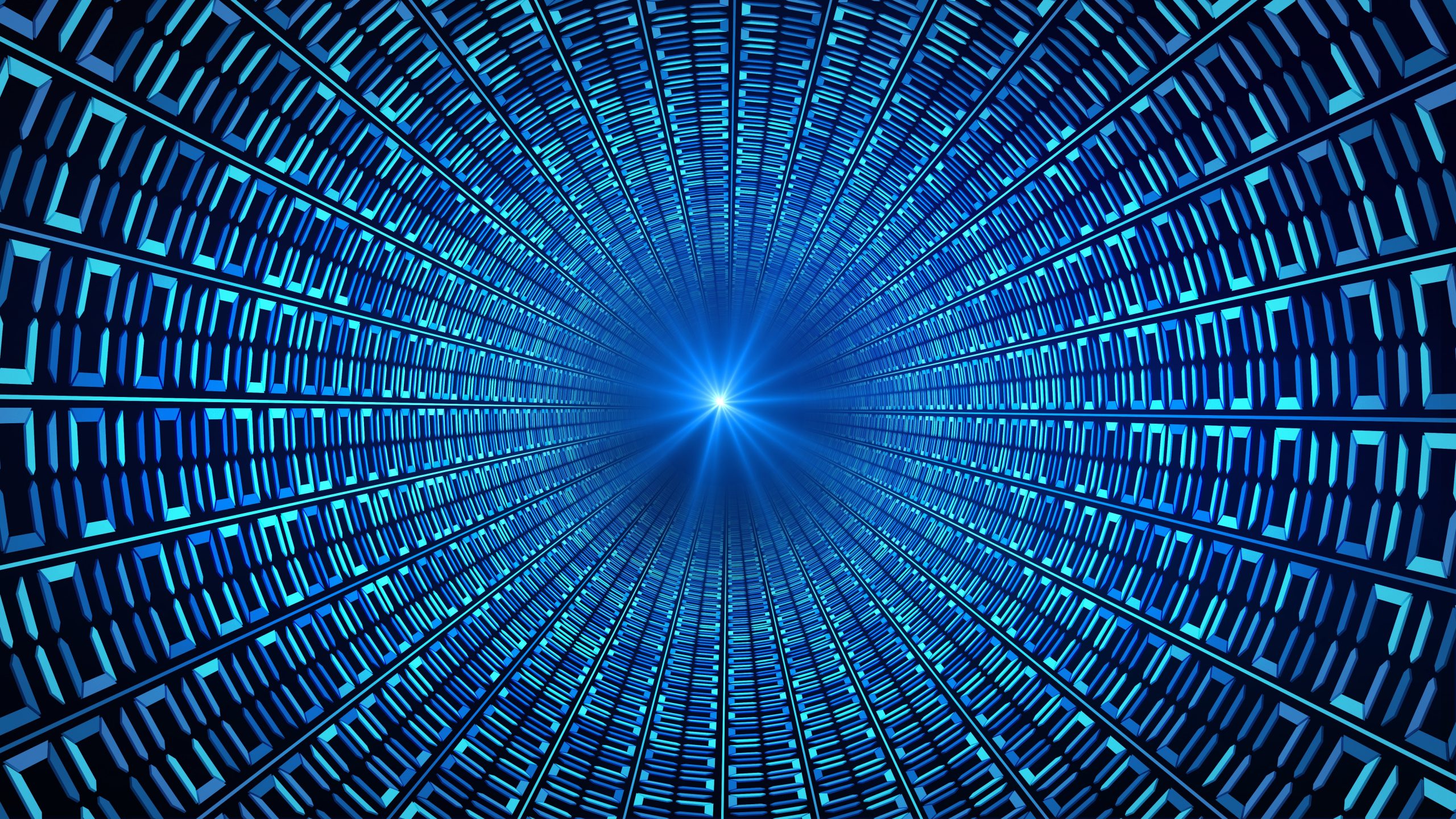
The quantum internet refers to data transmission systems based on fundamental principles of physics, such as quantum entanglement and superposition. Unlike the classical internet, it transmits data via photons and uses quantum bits (qubits) for information exchange. Its most remarkable feature is that communication cannot be intercepted or copied. According to the laws of quantum physics, observing a quantum state alters it—meaning any attempt to eavesdrop corrupts the data, ensuring absolute security.
Near-Light-Speed Communication
Since the quantum internet carries data through photons, it is significantly faster than traditional copper or fiber-optic systems. While global networks are not yet fully established, quantum communication systems have already passed laboratory tests for data transfer at near-light speeds. This speed will open new doors in fields ranging from finance to technologies requiring ultra-low latency, such as remote surgeries.
Quantum Key Distribution (QKD): Eliminating Leaks
One of the quantum internet’s most revolutionary aspects is its encryption method enabled by Quantum Key Distribution (QKD). In this system, two parties communicate using quantum keys known only to them. Any external interference is instantly detected, and the connection is automatically severed. This offers complete protection against even the most advanced cyberattacks.
Where Will It Be Used?
The initial applications of the quantum internet are likely to include:
- Defense and Intelligence: Fully secure communication lines.
- Financial Transactions: Zero-risk transfers of billions of dollars.
- Scientific Research: Remote integration of quantum computers.
- Healthcare: Real-time, secure transmission of patient data.
Challenges and Future Vision
The quantum internet is still in its infancy. Technical challenges, such as the limited range of entanglement and the lack of quantum repeaters, persist. However, countries like China, the United States, and the European Union are investing billions in quantum communication infrastructure. By the 2030s, the quantum internet is expected to be operational in specific regions, with global adoption projected by the 2040s.
On the Brink of a New Digital Revolution
The quantum internet is not just a faster communication tool; it heralds a new digital era combining security, speed, and privacy. If we aim not only to use the internet but to shape its future, we must closely follow the quantum revolution. Data is no longer just fast—it’s embarking on an untouchable journey. And this journey is preparing to transcend the speed of light.
